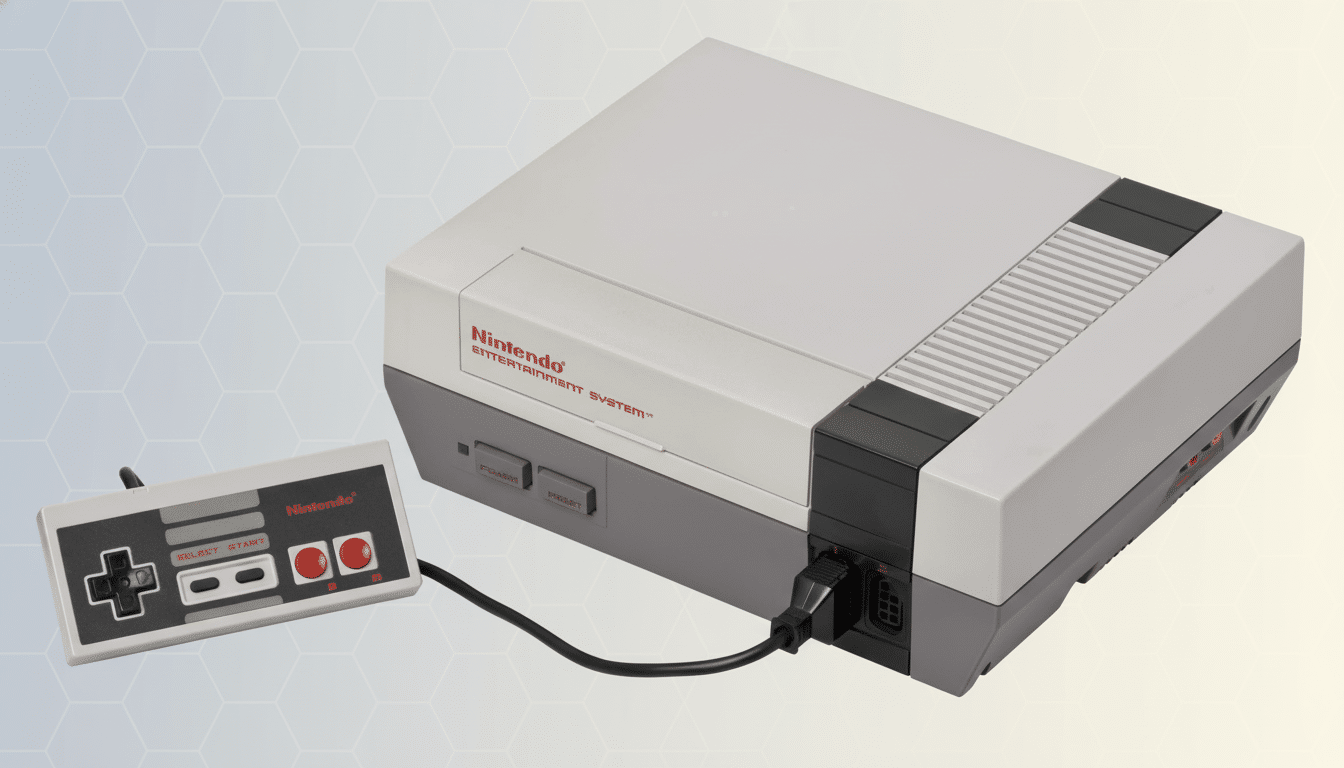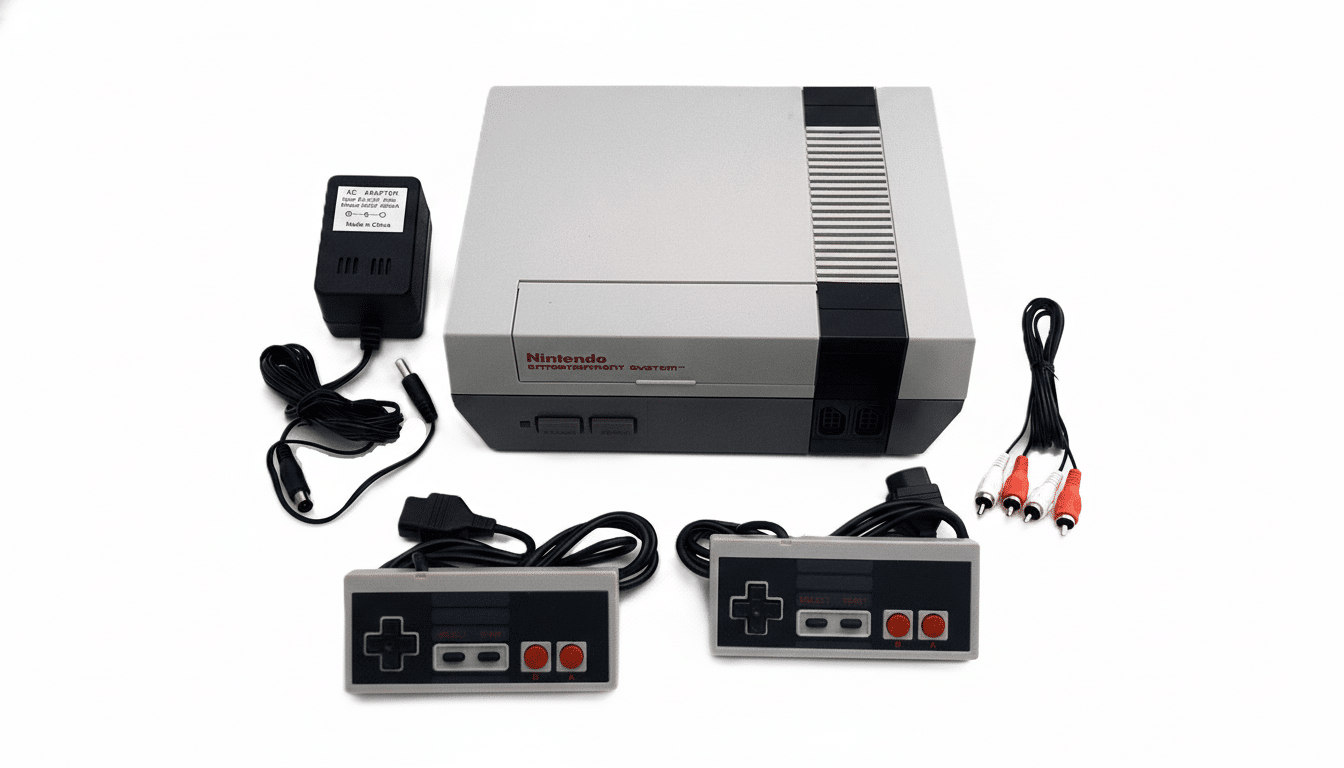The stereotype of gamers as bored teenage boys has officially expired. According to a sweeping worldwide survey conducted by the Entertainment Software Association, the average gamer is now around 41 years old — squarely in elder millennial territory. If your first save file resided on a cartridge, then congratulations, you are the median.
The ESA’s research includes 24,216 self-identified “active gamers” across 26 countries, all of whom are aged 16 and up, who play at least one hour a week. The results skew older in a number of markets: In the US sample, for instance, 56% say they are 45 or older. The range is wide, too. The youngest average is posted by China at 32, and the oldest by Italy at 50.

The gender balance has also evened out. The survey reflects near parity worldwide, with women accounting for nearly half of the players. In many of those countries, more women than men say they play, including Brazil and South Africa. And although platforms are still varied, smartphones are the clear favorite among 55 percent of respondents, followed by PC and console, tied at 21 percent.
The New Average Gamer: Continuity Across Platforms and Time
The typical gamer of today probably started gaming on an NES or a Genesis, moved through the PlayStation and Xbox generations, and now alternates between a current-gen console, a capable PC, and a phone.
This cohort didn’t “age out.” Instead, gamers grew up, and so did gaming — bringing quality-of-life features, enriched narratives, expansive accessibility options, and cross-platform ecosystems that drive the ability to hop on for brief sessions between meetings or after kids have gone to bed.
That continuity matters. Backward compatibility, cloud saves, and live-service updates mean that players can carry over progress not only year to year but from device to device. It’s community, not just content, that keeps people plugged in. Whether it’s a Tuesday-night raid or a string of Wordle completions, some activities can feel as sticky as the twist at the end of a prestige TV episode — and with less scheduling friction.
Why the Demographic Shift Happened in Modern Gaming
Three forces explain the gray at the temples. First, there is a large base of players who came in during the 1980s and 1990s who remained invested as games transitioned into mainstream entertainment. Second, mobile reduced barriers to entry and reentry, allowing play during micro-moments. The third is that the social layer of games has extended; friends and families play together even if they are spread across devices and time zones.
Industry watchers have pointed to mobile’s outsized share of revenue for years, and the ESA’s preference data reflect that. Hits like Candy Crush, Genshin Impact, and Roblox are optimized for short bursts or drop-in sessions — formats that suit time-poor grown-ups. Subscription libraries on console and PC (like Game Pass or PlayStation Plus) play right into that behavior by lowering the cost of commitment to trying something new.

Mobile First and Time-Squeezed: Convenience Beats Power
If 55% of players say they prefer playing games on their smartphone, that sounds less like a judgment on hardware horsepower and more about schedules these days. Elder millennials are wrangling commutes and caregiving with careers; a game that respects a 15-minute window gets played more frequently than one that requires an unhurried hour.
Design is following suit. Dynamic save systems, generous pause states, and asynchronous multiplayer are starting to be expected out of the box. Cross-progression on phone, PC, and console also helps keep players around if they’re inclined to, while letting them play where it’s most convenient for them, not their machine.
Designing for Older Players With Accessibility in Mind
As the audience grows older, it goes from nice-to-have to table stakes that a game be comfortable and accessible. Bigger UI options, colorblind modes, scalable difficulty, and motion-sickness toggles are not sidecar features; they’re retention tools. Games that carve out space around life — cozy builders, tactical puzzlers, narrative adventures with clear chapter breaks — coexist just fine with blockbuster action.
Nostalgia is still a blockbuster — but it’s not the only game in town. Remakes and remasters trade on memory; new IP, primed by studios for reflective play — on parenthood, work, community — registers with gamers who have inhabited those arcs. Meanwhile, older gamers are value-minded: subscriptions, expansions that respect their time, and transparent monetization beat roulette-wheel loot boxes. Advocacy groups and researchers, including AARP, in its research on adults 50 and older who game, repeatedly cite relaxation benefits and cognitive benefits as core motivators — signals to design for wellness, not just adrenaline.
What This Demographic Shift Means for the Games Industry
Marketing that continues to center on a cartoonish image of youth leaves money on the table. The sheer spending power now lies with players with mortgages and preschool pick-ups. They reward studios that provide polish, stability, and features that allow for social play on their own terms. They’ll also remember the brands that helped them keep a hobby alive rather than gatekeeping it behind time sinks.
The headline isn’t pretty, though the news may cause a few of us to wince: The average gamer is an elderly millennial. That’s not the punchline — it’s a product roadmap. Design for busy adults; make it so that games can cross screens and respect the hours they do have. Do that and the audience that has grown up with gamepads will keep playing long after there’s no room for candles on the cake.

